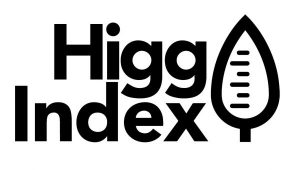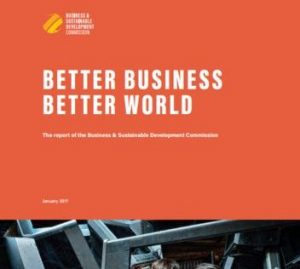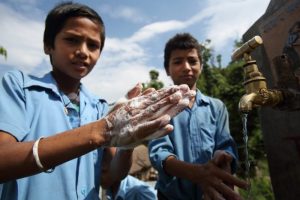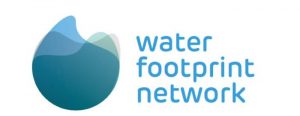Primary Functions
- Find guidance on developing “replenish” methodologies to capture how quantitative or qualitative water benefits can be calculated for a given water-related community activity or conservation project.
Detailed Description
Earlier this year, the World Economic Forum ranked water crises as a top global risk. The finding is further evidence that businesses are increasingly aware of their water use impacts, water risk exposure, and how water affects their shareholder value. In response, more and more companies are seeking ways not only to improve their water use, but also to help address basin-level challenges shared by their operations, local communities, and freshwater ecosystems. But as companies explore the idea of working outside of their factories and operations, almost all ask the same question: How can we quantify the water benefits of our sustainability investments in the basin?
Although metrics such as water use efficiency ratios are commonly employed within businesses to measurably demonstrate progress, assessing the benefits of water projects beyond a company’s four walls is much more difficult. To fill the gap, some companies are developing “replenish” methodologies to capture how quantitative or qualitative water benefits can be calculated for a given water-related community activity or conservation project.
Water stewardship involves best management at the site level, engagement in the basin, and a variety of potential activities in between. Setting goals that contribute to sustainably managed basins, and transparently measuring progress toward them, are important elements of responsible water stewardship and require the use of many tools.
Some companies with an awareness of water challenges may employ replenish activities for philanthropic purposes. Others may use replenish activities for specific, short-term internal actions, like ensuring groundwater levels increase for a facility’s well. When replenish projects are relevantly located for operations or supply chains, they can even help encourage others to engage in longer-term, collective action that strategically mitigates risks driven by shared basin challenges. In this regard, replenish can be a part of multiple phases on WWF’s Water Stewardship Ladder—from awareness to internal action to collective action. Only when replenish activities are set in the context of a broader water stewardship effort framed by risk management can they help connect corporate efforts to the water challenges facing communities, businesses, and the environment.





